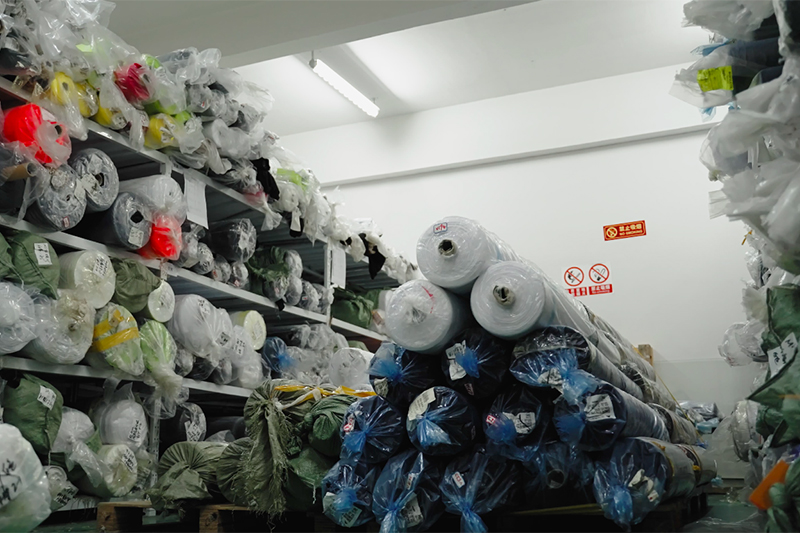Creating custom cycling jerseys using heat transfer technology is an exciting and rewarding process that allows cyclists to express their individuality while ensuring high performance. This step-by-step guide will walk you through the entire process, from selecting materials to applying the heat transfer, ensuring that your custom jersey turns out perfectly.
Step 1: Gather Your Materials
Before starting, ensure you have all the necessary materials:
- Cycling Jersey: Choose a fabric suitable for cycling, typically polyester or a polyester blend.
- Heat Transfer Vinyl (HTV): Select the appropriate type of HTV based on your design needs (e.g., standard vinyl, glitter vinyl).
- Heat Press Machine or Iron: A heat press is recommended for even application, but an iron can work for smaller designs.
- Transfer Paper: If using digital prints, ensure you have suitable transfer paper.
- Cutting Machine: A vinyl cutter (like Cricut or Silhouette) is ideal for cutting intricate designs.
- Weeding Tools: These help remove excess vinyl from your design.
- Ruler and Measuring Tape: For precise placement of your designs.
- Parchment Paper or Teflon Sheet: To protect your jersey during the heat application.
Step 2: Design Your Jersey
Creating the Design
- Use Design Software: Programs like Adobe Illustrator or free alternatives like Inkscape allow you to create and customize your design. Consider adding logos, names, or graphics that reflect your style.
- Size Appropriately: Ensure your design fits well on the jersey. Measure the area where you want to place it and adjust the dimensions accordingly.
Cutting the Design
- Load Your HTV: Place the HTV shiny side down on your cutting mat and load it into your cutting machine.
- Cut the Design: Use the software to send your design to the cutter. Make sure to mirror the image before cutting if it contains text.
Step 3: Prepare Your Jersey
- Pre-Wash the Jersey: To remove any sizing or chemicals, wash and dry your jersey before applying heat transfers.
- Iron Out Wrinkles: Use a home iron or steam to ensure the fabric is smooth and flat.
Step 4: Weeding the Design
- Remove Excess Vinyl: After cutting, use weeding tools to carefully peel away the excess vinyl from around your design. This step is crucial for intricate designs to ensure clean lines.
Step 5: Positioning the Design
- Measure and Mark: Use a ruler and measuring tape to find the center of your jersey and mark light guidelines with chalk or fabric markers.
- Place Your Design: Lay your design on the jersey, ensuring it’s centered and aligned according to your measurements.
Step 6: Applying Heat Transfers
Using a Heat Press
- Preheat the Press: Set your heat press to the recommended temperature (typically around 305°F – 320°F) based on the HTV instructions.
- Protective Layer: Place parchment paper over your design to protect it during pressing.
- Pressing Time: Close the heat press for about 10-15 seconds with medium pressure (follow specific HTV guidelines).
- Peel Away Carrier Sheet: Carefully peel away the carrier sheet while it’s still warm unless instructed otherwise by HTV guidelines.
Using an Iron
- Set Iron Temperature: Turn on your iron and set it to medium heat without steam.
- Cover with Parchment Paper: Place parchment paper over your design.
- Press Firmly: Press down firmly for about 12 seconds, ensuring you cover all areas of the design evenly.
- Cool Down and Peel: Allow it to cool slightly before peeling away the transfer paper.
Step 7: Post-Application Care
- Repress if Necessary: For added durability, consider repressing with parchment paper for an additional few seconds after peeling off the carrier sheet.
- Wait Before Washing: Allow at least 24-48 hours before washing your jersey to ensure that the heat transfer adheres properly.
Step 8: Caring for Your Custom Jersey
To maintain the quality of your custom cycling jersey:
- Wash inside out on a gentle cycle with cold water.
- Avoid bleach and fabric softeners as they can damage heat transfers.
- Hang dry or tumble dry on low; avoid direct heat on transfers when ironing.
Conclusion
Creating unique cycling jerseys using heat transfer technology is not only fun but also allows cyclists to showcase their personality and team spirit. By following this step-by-step guide, you can successfully apply heat transfers to create custom jerseys that are both stylish and functional.Whether you’re preparing for a cycling event or simply want a personalized piece of gear, mastering this process will enable you to produce high-quality cycling apparel that stands out on every ride. Enjoy expressing yourself through custom designs while benefiting from durable and comfortable cycling wear!

